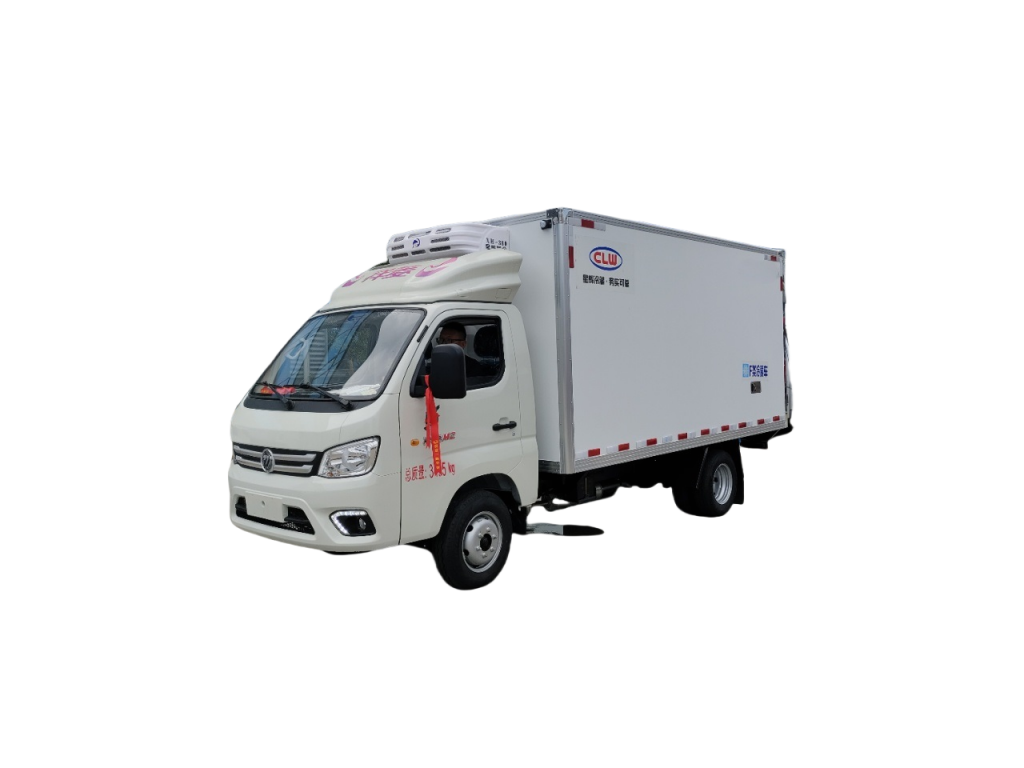Introduction
Truck mounted cranes have become essential equipment in various industries such as construction, logistics, and utilities. These versatile machines provide the ability to lift and move heavy materials with precision and efficiency. Over the years, advancements in technology have led to the development of truck mounted cranes with advanced features that enhance productivity, safety, and ease of operation. In this article, we will explore the cutting-edge technologies and features that make modern truck mounted cranes indispensable assets in the workplace.
Evolution of Truck Mounted Cranes
Truck mounted cranes have a long history dating back to the early 20th century when the first models were introduced for industrial use. These early cranes were basic in design and functionality, with limited lifting capacities and manual controls. However, as technology progressed, so did the capabilities of truck mounted cranes.
One of the key advancements in the evolution of truck mounted cranes was the integration of hydraulic systems for smoother and more precise operation. Hydraulic systems allowed for greater control over lifting and lowering movements, as well as improved stability and safety. This innovation revolutionized the efficiency and effectiveness of truck mounted cranes, making them indispensable in various industries.
Advanced Features of Modern Truck Mounted Cranes
Modern truck mounted cranes are equipped with a range of advanced features that set them apart from their predecessors. These features are designed to improve safety, productivity, and versatility, making them valuable assets in today's fast-paced work environments. Let's explore some of the most notable advanced features found in modern truck mounted cranes:
1. Telescopic Boom
One of the most significant advancements in truck mounted cranes is the inclusion of telescopic booms. medium rescue truck can extend and retract, allowing for greater reach and lifting height without the need to reposition the crane. Telescopic booms provide flexibility in handling various loads and navigating tight spaces, making them ideal for construction sites and other challenging environments.
2. Remote Control Operation
Many modern truck mounted cranes come equipped with remote control operation capabilities. This feature allows operators to control the crane from a safe distance, providing better visibility and reducing the risk of accidents. Remote control operation enhances safety and efficiency, especially in hazardous or hard-to-reach areas.
3. Load Moment Indicator (LMI)

Load moment indicators are sensors that monitor the weight and position of the load being lifted. This feature provides real-time data to the operator, indicating when the crane is approaching its maximum capacity or operating outside safe parameters. The LMI helps prevent overloading and tipping, enhancing safety on the job site.
4. Outrigger Positioning System
Stability is crucial when operating a truck mounted crane, especially when lifting heavy loads at height. Advanced models are equipped with outrigger positioning systems that automatically adjust the outriggers to ensure optimal stability. This feature enhances safety and efficiency by reducing the risk of tipping or toppling over during operation.
5. Anti-Collision System
To prevent accidents and collisions on busy job sites, modern truck mounted cranes are equipped with anti-collision systems. These systems use sensors and cameras to detect obstacles in the crane's path and alert the operator to avoid potential hazards. Anti-collision systems enhance safety and minimize the risk of accidents, protecting both workers and equipment.
6. Integrated Camera Systems
Integrated camera systems provide operators with a clear view of the surrounding area, enhancing visibility and safety during operation. Cameras positioned on the crane's boom, cabin, and outriggers give operators a comprehensive view of the work site, helping them navigate obstacles and position loads with precision.
7. Automatic Hook Height Adjustment
Maintaining the correct hook height is essential for safe and efficient lifting operations. Advanced truck mounted cranes feature automatic hook height adjustment systems that ensure the hook remains at the optimal height throughout the lifting process. This feature simplifies operation for the operator and enhances safety by preventing the load from swinging or tilting.
8. Electronic Load Charts
Electronic load charts provide operators with detailed information about the crane's lifting capacities and configurations. By inputting the load weight and radius, operators can access real-time data on the crane's capabilities, including maximum reach, load capacity, and boom angles. Electronic load charts help operators make informed decisions and ensure safe lifting operations.
9. Energy-Efficient Systems
To reduce fuel consumption and environmental impact, modern truck mounted cranes are equipped with energy-efficient systems. Features such as automatic engine shutdown, idle control, and regenerative braking help minimize fuel consumption and emissions, making these cranes more sustainable and cost-effective to operate.
10. Maintenance Monitoring Systems
To ensure optimal performance and longevity, truck mounted cranes are equipped with maintenance monitoring systems that track key components and alert operators to potential issues. These systems provide real-time data on the crane's operating condition, including engine health, hydraulic pressure, and wear on critical parts. By monitoring maintenance needs proactively, operators can prevent downtime and costly repairs.
Conclusion
Truck mounted cranes have come a long way from their humble beginnings, evolving into sophisticated machines with advanced features that enhance safety, efficiency, and productivity. The integration of cutting-edge technologies such as telescopic booms, remote control operation, load moment indicators, and anti-collision systems has revolutionized the way cranes are used in various industries.
As the demand for faster and more precise lifting operations continues to grow, the development of truck mounted cranes with advanced features will play a crucial role in meeting these requirements. By investing in modern cranes equipped with state-of-the-art technology, businesses can improve workplace safety, increase productivity, and stay ahead of the competition in today's dynamic market.
In conclusion, the future of truck mounted cranes is bright, with ongoing advancements in technology shaping the next generation of these indispensable machines. By embracing innovation and leveraging advanced features, companies can unlock new opportunities for growth and success in the ever-evolving world of lifting and material handling.
